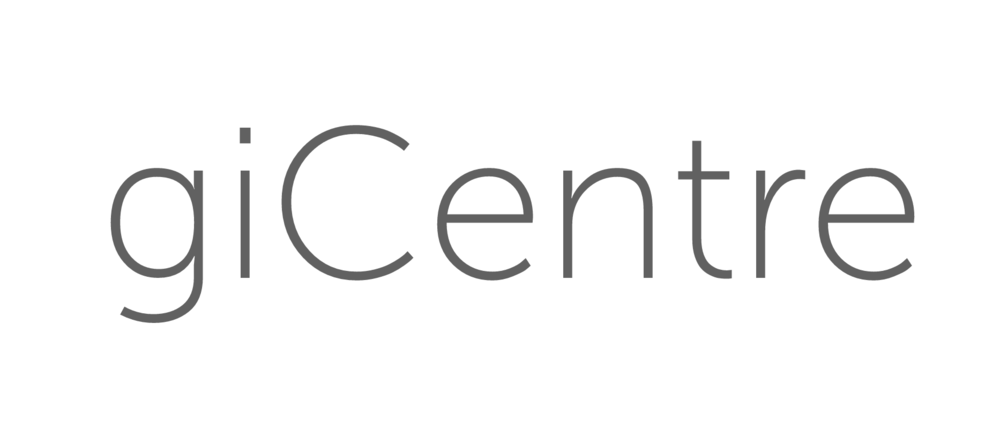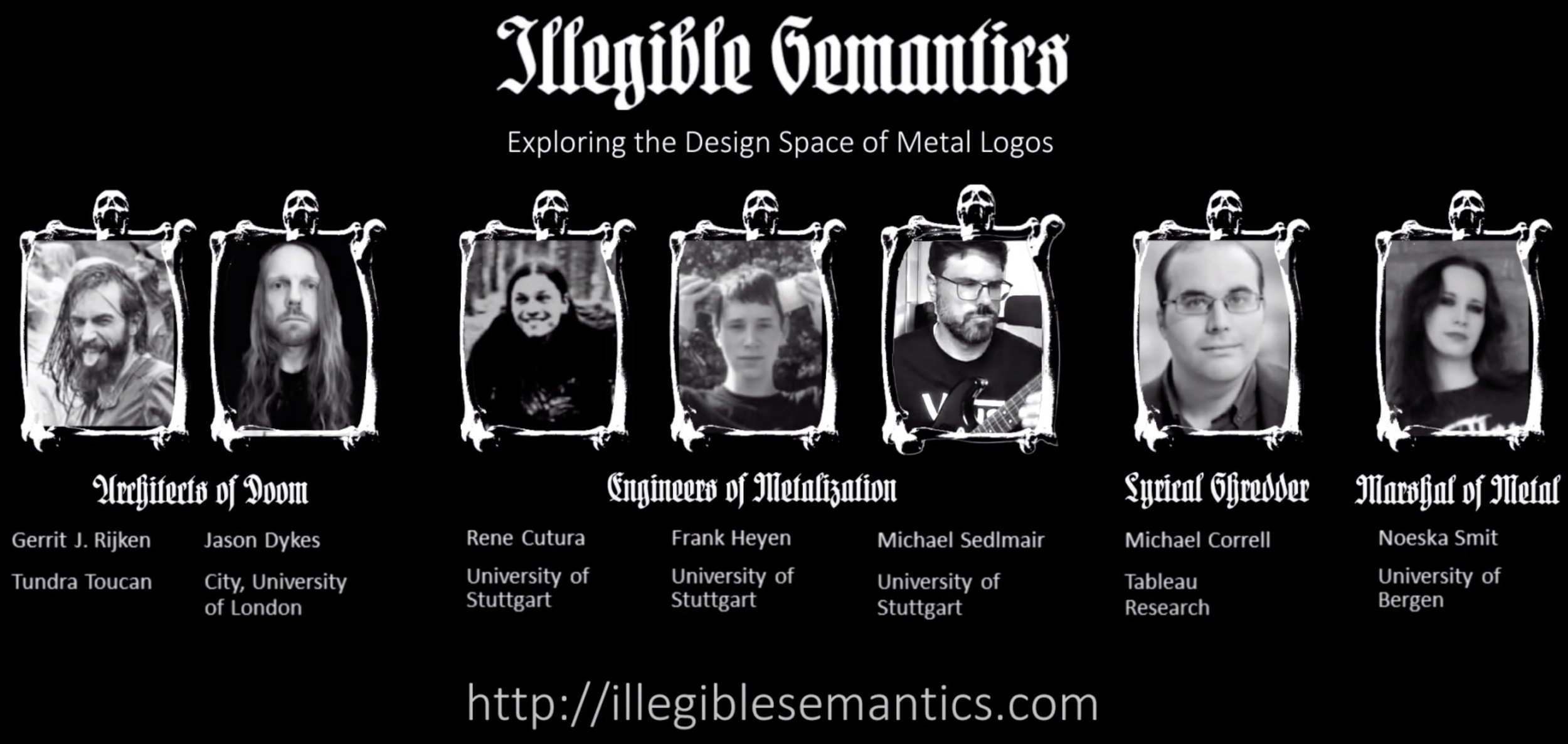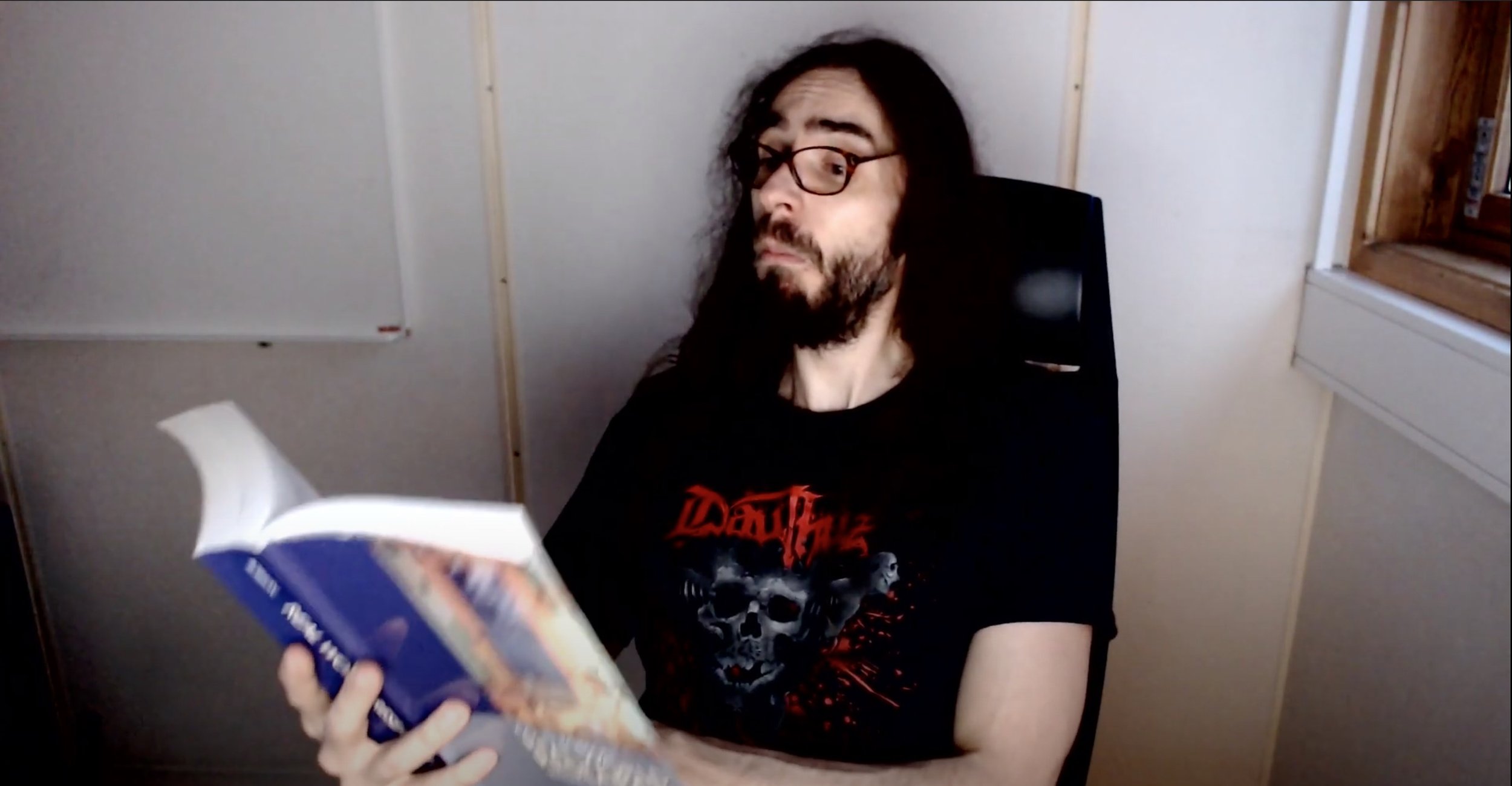Jason Dykes has received a Certificate of Appreciation for Outstanding Service to the VIS conference from the IEEE Computer Society.
After 10 years service as Papers Chair for IEEE Information Visualization (2012-13), on the IEEE VIS Steering Committee (2014-19), and on the IEEE VIS Executive Committee (2017-21), Jason’s various terms finally ended at IEEE VIS 2021, New Orleans.
It has been a busy decade for the conference - with open practice recommendations, diversity scholarships, elections, a code of conduct, short papers, live streaming, satellite events and an annual bike ride all being established.
A new governance model, the Test of Time awards, the integration of the three contributory conferences (InfoVis, VAST and SciVis) into a new set of data driven subject areas and the conference location venturing beyond North America and Europe are also initiatives to which Jason has contributed.
And the pandemic was quite a challenge too. But the conference ran virtually in 2020 and 2021 and this has opened up new ways of engaging in and contributing to VIS. Many of these will persist.
Next year, IEEE VIS will be held in Oklahoma City, OK as a hybrid conference.











